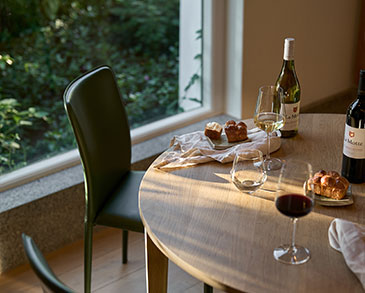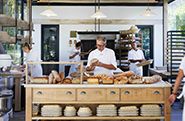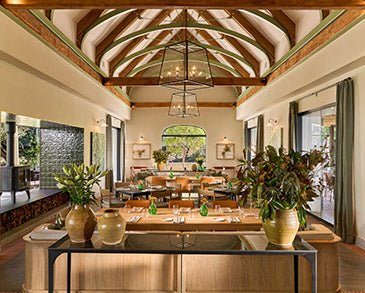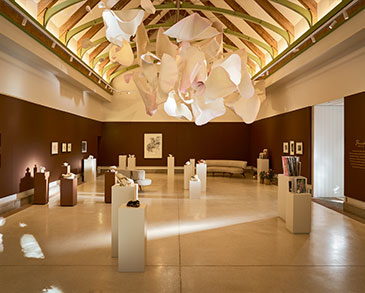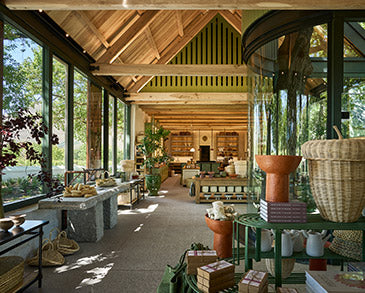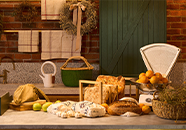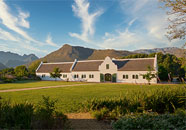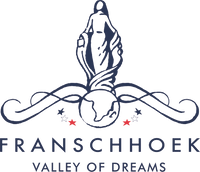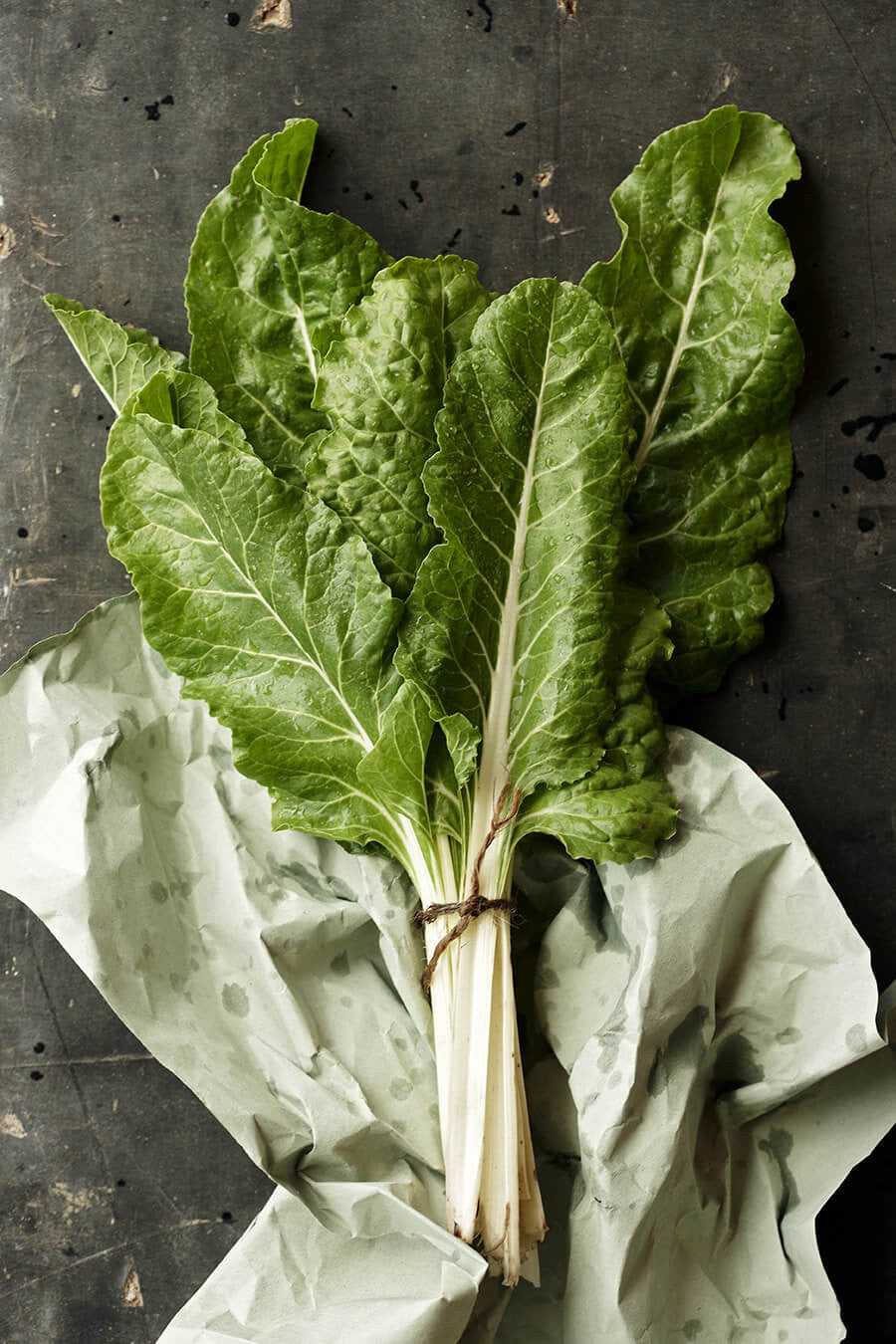
Jan van Riebeeck’s Company’s Garden must have been a feast for the eyes back in the late-1600’s. The pastor, Valentyn compares it with the exquisite ancient gardens of Hesperides and the hanging gardens of Babylon. According to him, the Company’s Garden was the most beautiful of them all. Valentyn further writes that he had never seen such large onions, cauliflowers, cabbages and quinces anywhere else. Jan van Riebeeck’s love for gardening is clearly evident from his elaborate journal entries and the almanac for gardeners and farmers he left behind for his successor.
The complete list of vegetables and fruit planted in the Company’s Garden is impressive. herbs such as thyme, parsley, oregano, marjoram, basil, rosemary, celery, coriander, fennel, borage, savory, catnip, veronica and pimpernel, which was part of the food culture before the British colonised the Cape in 1806, were in abundance. Nuts such as chestnuts, walnuts, hazelnuts, almonds and pistachios were also available in the Company’s Garden and part of daily cooking.
Because the Netherlands is a small country and couldn’t produce enough meat at that time, vegetables were always important in the food culture of the Dutch. The Cape was therefore more advanced than many countries regarding the large variety of vegetables available for preparing tasty dishes. With this abundance of fruit and vegetables available, there was a certain status afforded to serving several vegetable dishes. Lady Anne Barnard, whose husband was the secretary to Governor McCartney at the end of the eighteenth century, mentioned that there were even up to eight vegetable dishes served at the dinner table.


